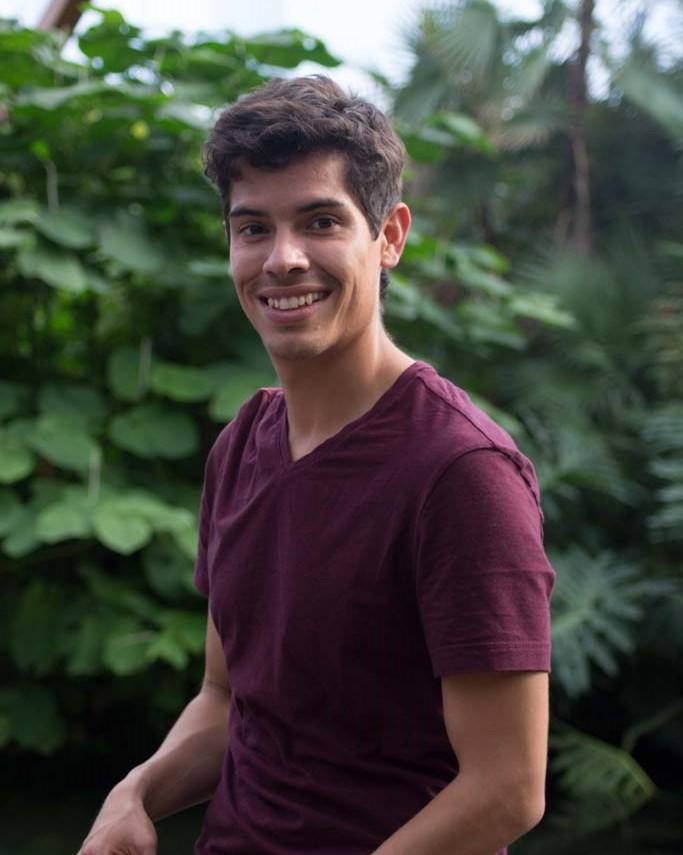
Today at 11:15, Andres Rivera-Quiroz will enter the Academy Building to defend his thesis entitled "Integrative taxonomy of araneomorph spiders: Breathing new life into an old science". For his PhD research at Naturalis and Leiden University, he immersed himself in the mysterious world of spiders and the evolution of their genitals.
Hookshaped
Many people are scared of them, but for Andres they are a source of inspiration: spiders. “They're everywhere, you probably have a hundred of them in your house, but so little is known about spiders.The 45,000 species known worldwide represent more or less a third of the total estimated species, meaning that most of them have not actually been named.”
Unknown means unloved, but why should you study the genitals? "If you check the literature, you will see that the spiders' genitals are often named, because it is such a good way to distinguish the different groups. They are usually completely symmetrical but we found several species where the right is different from the left. In one of these species one side is hook-shaped while the other side is completely straight".
Forgottenliterature
Andres' research shows that the world of spider genitals is not so black and white at all. "We have discovered a lot of species in which genital asymmetry comes in all shapes and sizes. Surprising, but not extra confusing. Now, we know even better at what we should and should not look in order to distinguish the groups. "
The somewhat older taxonomic literature has been of great value in his research. Through data mining, Andres has retrieved the forgotten literature and revived the usable data. By sharing the data via the GBIF data platform, Andres has been able to link the old information to current data, and plan very precisely where in the field he could collect the most interesting species.
The languageof biology
"I have discovered five new species through this technique, some of which are so small that you can barely see them with the naked eye. With the help of special electron microscopes and micro-CT scans I was able to observe the spiders and their internal organs with precision. Using a micro-CT scan is quite unusual for this, but produced very accurate images." The result is so promising that it inspires Andres to use the technique further in his Post-Doctoral research. Of course devoted entirely to spiders.
"With my research I argue for the importance of taxonomy, a fairly old science that is crucial to the language of biology. In times of a biodiversity crisis, it is crucial to know which organisms live there and how they relate to each other. After all, you can only protect what you know. "